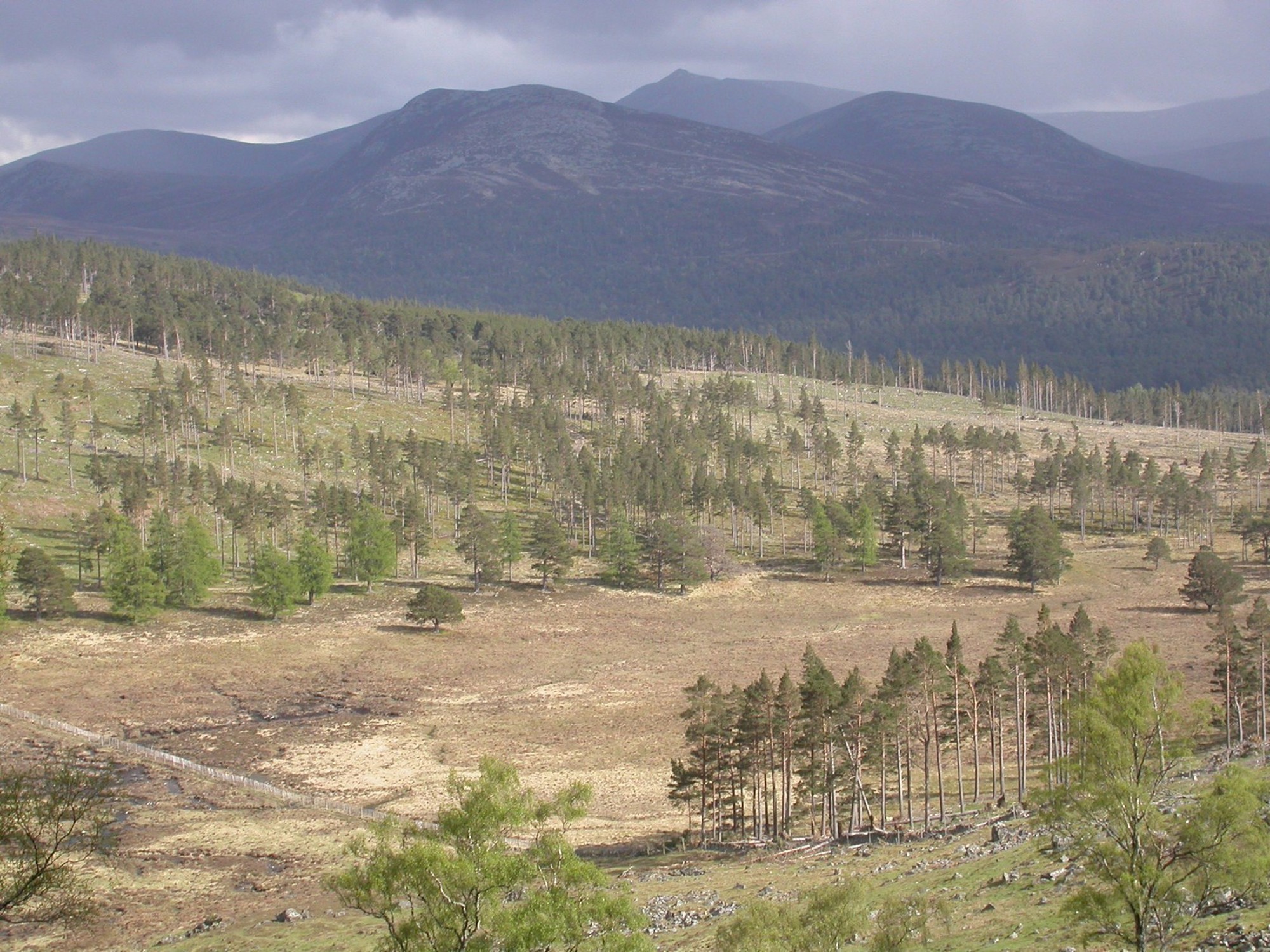We use a wide range of ecological methods. We reconstruct changes in habitat extent/quality for conservation assessment and the prioritisation of threatened species, and we design habitat restoration and recovery that secures the climate change resilience of biodiversity.
Our work is strongly focused on Scotland's temperate rainforest and its globally-rare lichen epiphytes. This links our expertise in lichen biology with habitat dynamics, including downscaled models of microclimate for optimising woodland restoration and recovery.
Our wider research extends to dynamic coastal and montane ecosystems, and addresses pressures ranging from tree disease to nitrogen pollution, applying lichen bioindicators both in the UK and internationally.
Examples of our work:
- Biodiversity Net Gain. We have shown that for post-industrial Britain up to 80% of lichen bioindicator species are missing; this extraordinary deficit is hidden from modern conservation assessments, having occurred early in the Industrial period and before systematic monitoring of biodiversity. It underlined the imperative for biodiversity net gain, rather than simply protecting the status quo.
- Species Prioritisation. We have shown that persistent and ongoing declines in species populations are the outcome of historic management towards an industrialised rural economy. These long-term trends can be used for prioritisation with IUCN criteria, highlighting the perilous state of UK habitats, including temperate rainforest and the urgency of its protection.
- Habitat Management and Recovery. We quantified the sensitivity of temperate rainforest biodiversity to microclimates, affecting the performance of individual species, and community structure. This is applied to optimise habitat management, for protecting temperate rainforest species under future climate change.
- Practical Action. We have shown that even with habitat restoration, the populations for some rare and threatened species are below a threshold for recovery. To overcome these limitations we are developing innovative methods for translocation of challenging species such as bryophytes and lichens.
- International Dimensions. Working in South Asia - a global hotspot of ammonia emissions - we led an international team to demonstrate the threat of nitrogen pollution to Himalayan biodiversity, providing evidence on the use of bioindicators for monitoring and managing impacts.

